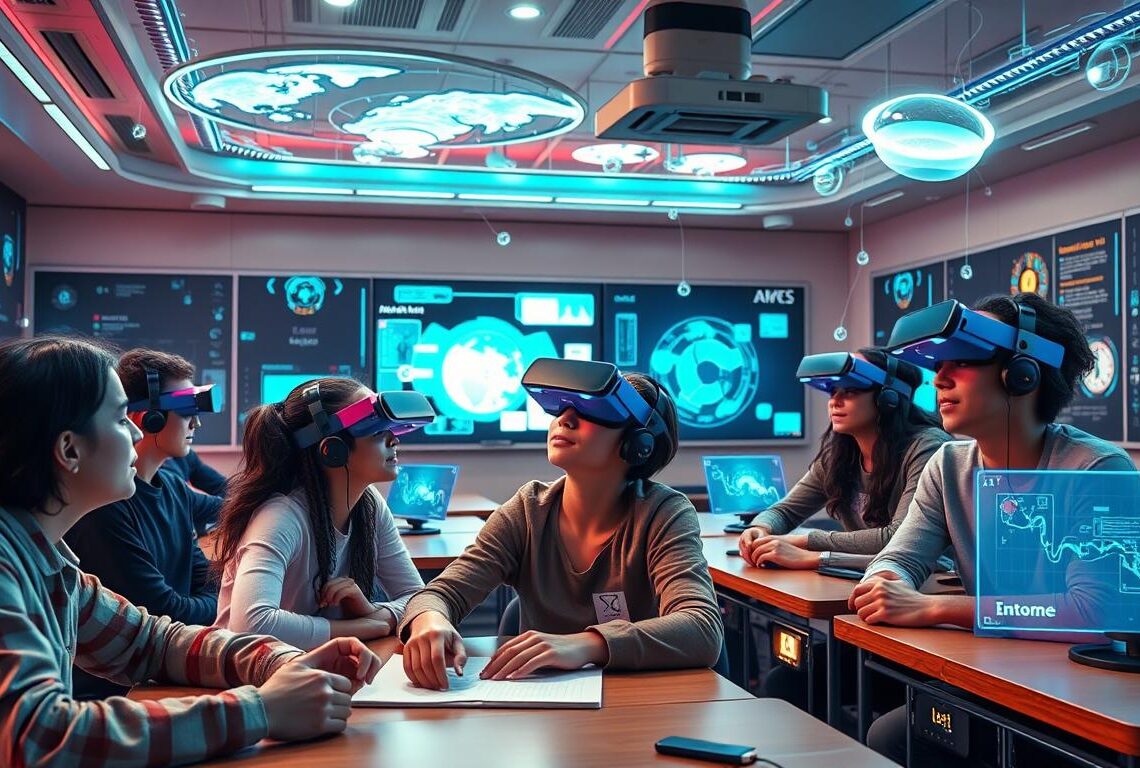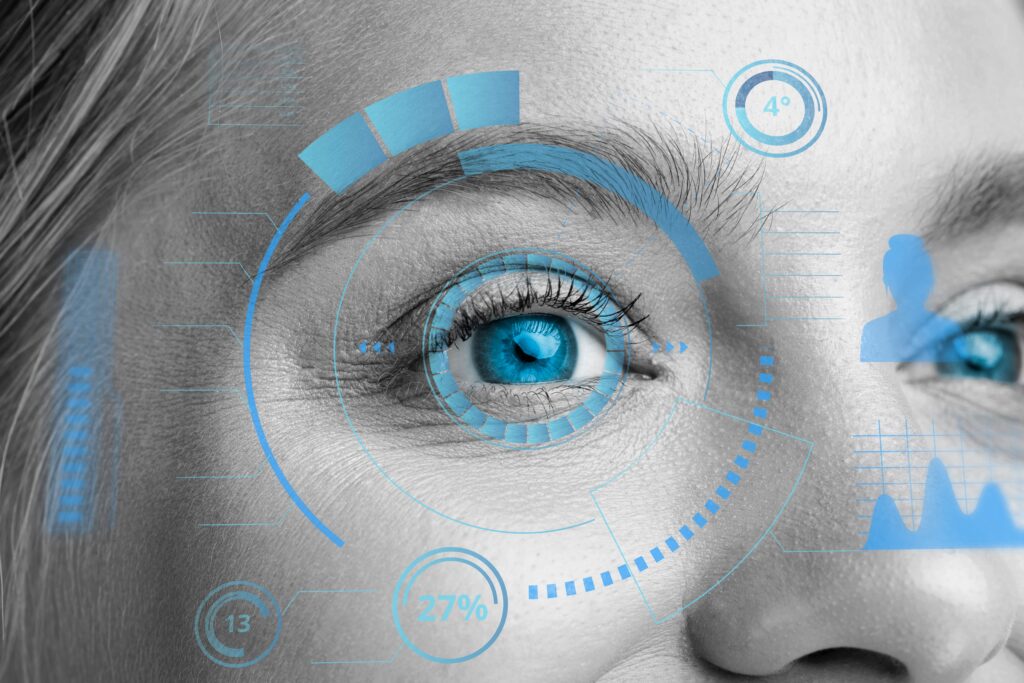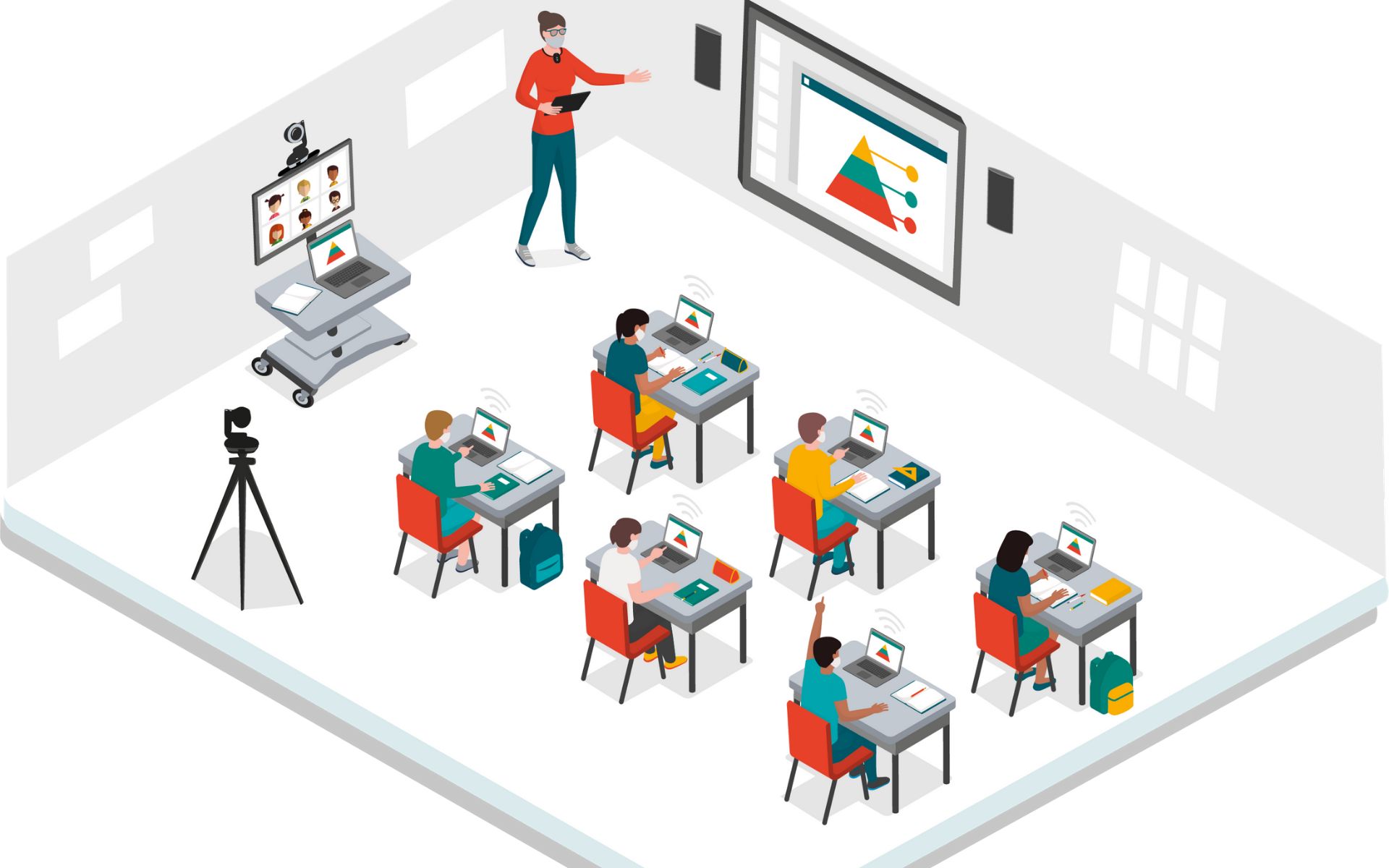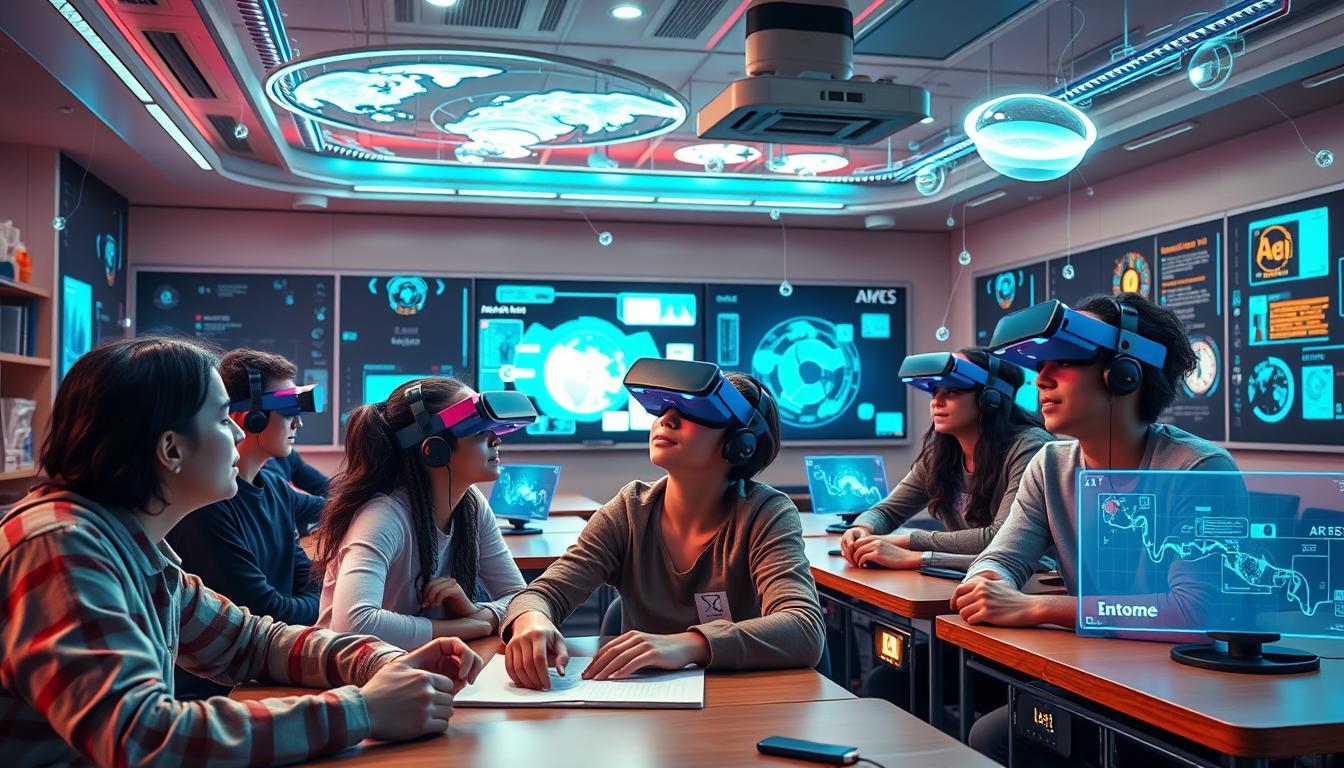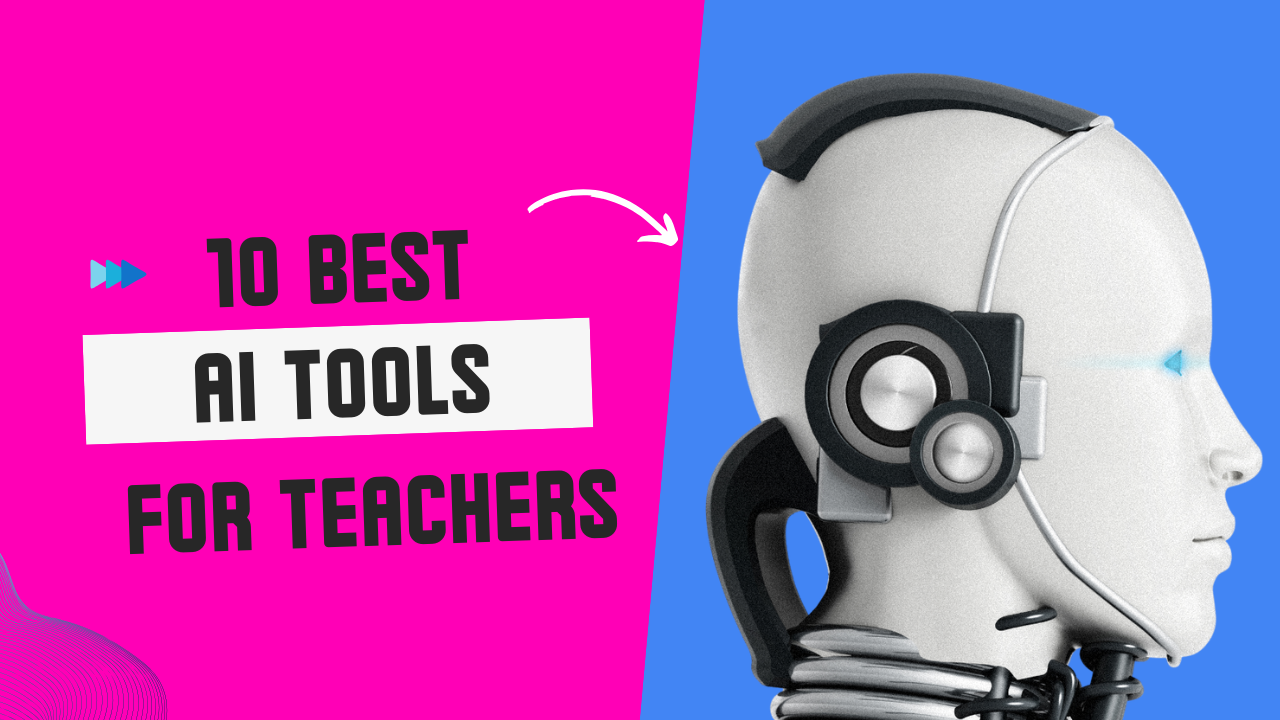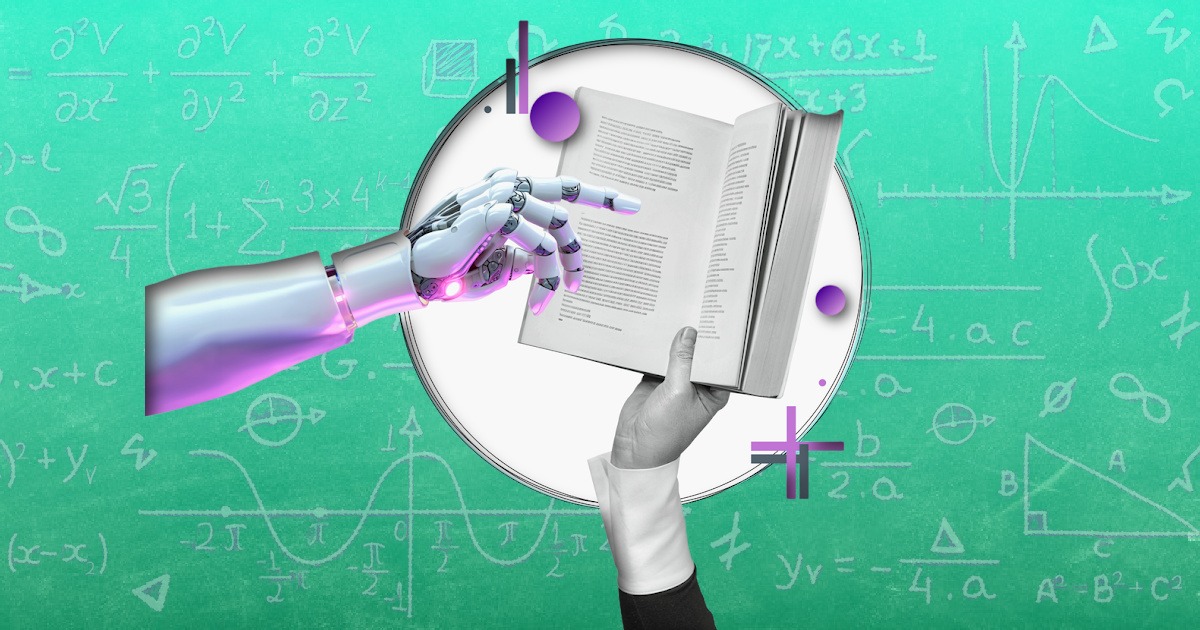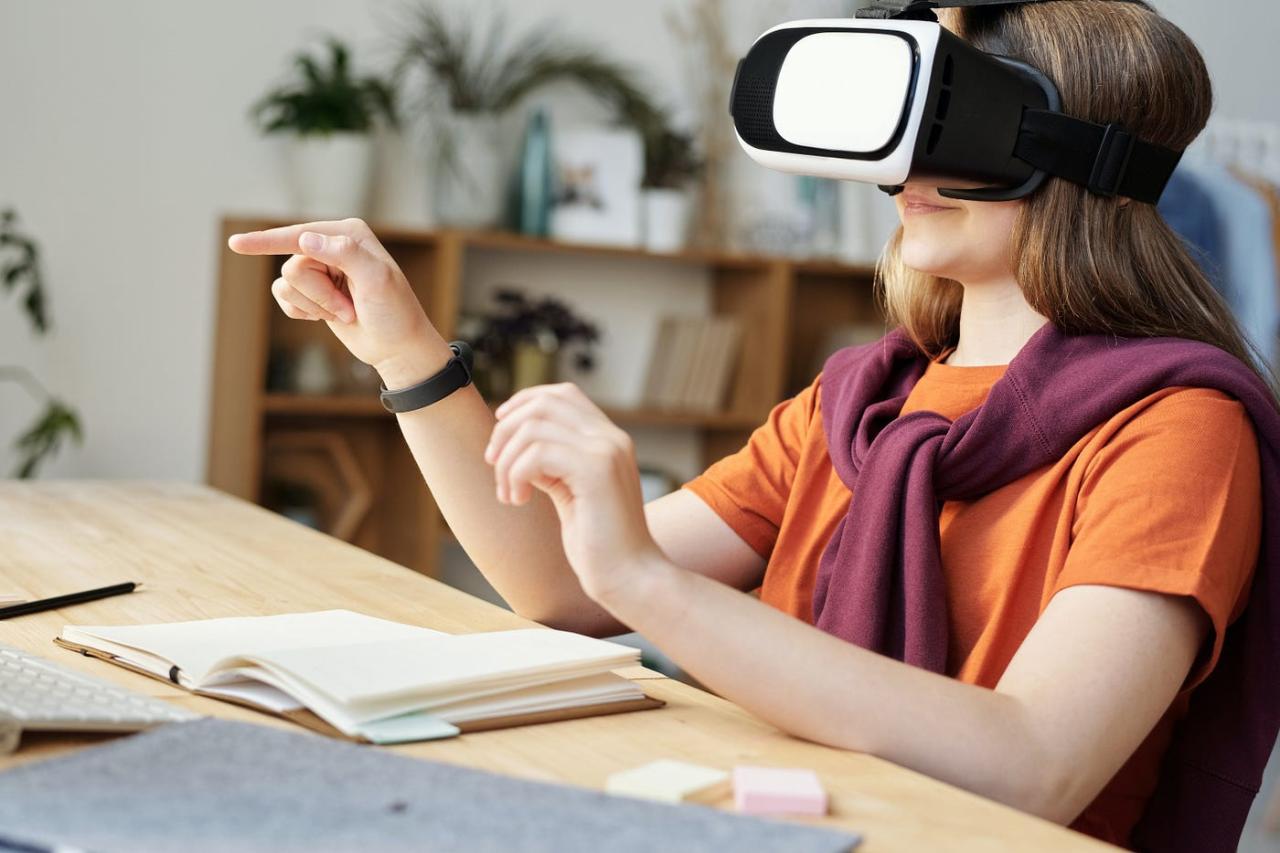
Teaching is no longer limited to the classroom today. With greater access to Virtual Reality (VR), students can now be transported to the mountain peaks or taken down into the ocean depths without leaving their seats. What was until today the domain of science fiction has now become an authentic, efficient method of learning with practical dividends.
But beyond the “wow” factor, schools and educators need to know one thing: Does education VR ultimately provide a return on investment (ROI)? And the answer is absolutely yes—if deployed strategically.
This article discusses the leading uses of VR in education and how this immersive technology is revolutionizing both learning outcomes and institutional value.
What Makes VR Valuable in Education?
Virtual Reality combines experiential, interactive, and immersive learning with any curriculum. Unlike flat textbooks or static presentations, VR enables students to learn by doing—leading to much greater retention and engagement.
In 2025, with 5G connectivity, affordable headsets, and cloud-based software, VR is more accessible than it has ever been. And with AI and analytics integrated, VR not only delivers education but also monitors and optimizes it.
Top Uses of VR for Education (2025)
1. Virtual Field Trips
Pupils visit real and fictional worlds, from Egypt’s pyramids to the planet Mars, in high-definition virtual reality. Field trips enhance geography, history, and environmental science curricula.
Why it works:
They provide context-based visual learning that deepens knowledge and ignites passion.
2. Medical & Science Simulations
In biology and nursing school, VR allows students to conduct surgery, dissect an organ, or try out patient care without any risks. This is revolutionizing the way anatomy and physiology are being taught.
Educational ROI:
Reduces the need for expensive labs while expediting skill levels before applying them to real life.
3. STEM-Based Problem Solving
Environments like Labster or Nanome allow students to conduct virtual laboratory experiments in chemistry or observe molecular structures in 3D—augmenting STEM interest and knowledge.
Bonus:
These environments foster experimentation and mistake, a hallmark of scientific education, at no cost of real materials.
4. Soft Skills & Empathy Training
VR is also being used increasingly to foster emotional intelligence and empathy. Students, for example, can walk in the shoes of a victim of racial prejudice, physical disability, or poverty.
Why it’s revolutionary:
It fosters social-emotional learning (SEL) and cross-cultural understanding.
5. Language Immersion
Instead of memorizing vocabulary, students role-play conversation in virtual cafes, shopping malls, or classrooms to build fluency and confidence in real-world scenarios.
Educational value:
Extends speaking and listening skills in native-like, low-anxiety settings.
6. Vocational & Technical Training
Trade schools and community colleges utilize VR to simulate automobile repair, electrical work, machine operation, and more—at less physical wear-and-tear expense.
Real-world ROI:
Improves employability and decreases training costs for institutions and industry partners.

Measuring ROI: Is VR an Investment Worth Making?
Although VR demands upfront investment in both hardware and software, the payoff in the long run is extraordinary. Institutions that have strategically placed VR have observed:
- 30–50% improved student retention of challenging concepts
- Improved test scores in STEM and health sciences
- Up to 40% reduced expenditure on equipment and training
- Improved student satisfaction and enrollment rates, especially for high-competition programs
In addition, as the share models of scalable VR headsets and content take hold, the cost per student per year is lower.
Core Platforms Leading the Charge in 2025
- ClassVR – Preloaded, curriculum-mapped K-12-specific content
- zSpace – Blends VR and AR to instruct science and career tech
- Labster – Virtual labs for STEM and higher education
- Engage VR – Used for virtual lectures, corporate training, and group learning
- Prisms of Reality – Applied reality-based VR modules that are math-centered
Final Thoughts: The Future Is Immersive
As we move deeper into the era of the digital, Virtual Reality is becoming increasingly more than a tech trend—it’s a phenomenon that’s revolutionizing the way we learn. With the right application, VR allows students to be immersed, to explore, and to succeed in ways that traditional pedagogy simply cannot.
In 2025 and beyond, schools and universities that embrace immersive technology aren’t just upgrading their classrooms—they’re preparing students for a more connected, hands-on, and experience-driven world.
So the real question isn’t whether VR will shape the future of education—it’s how soon you’re ready to bring it into yours.


